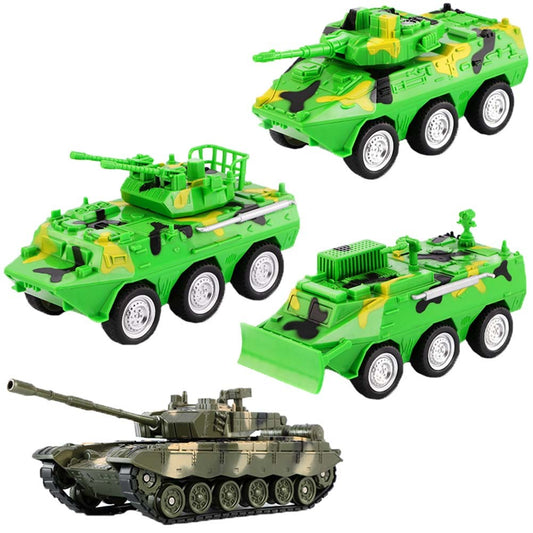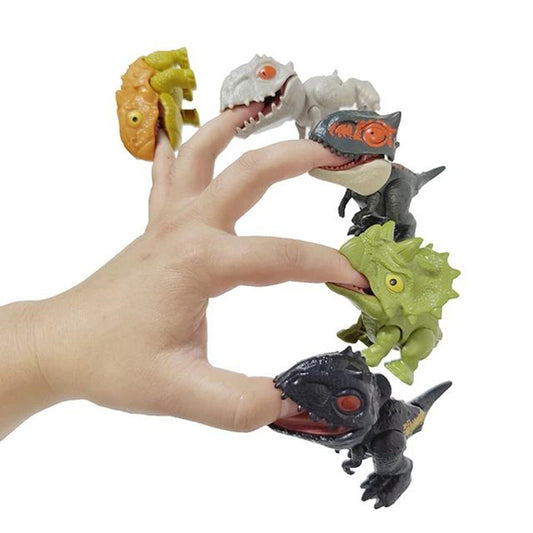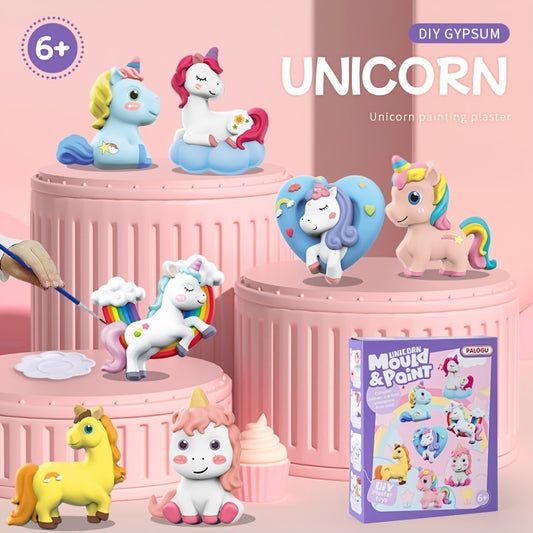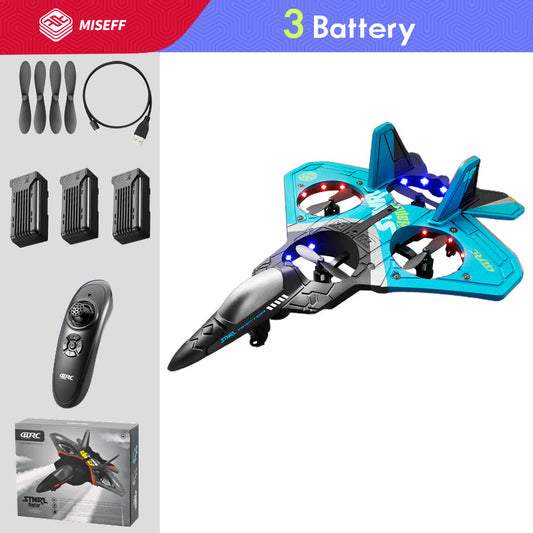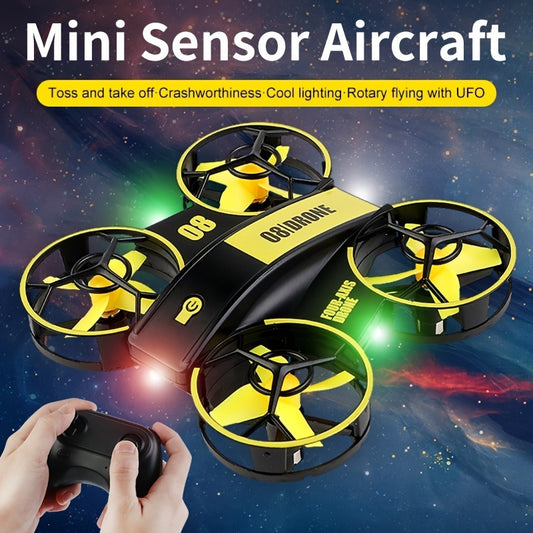One of the questions that often perplexes parents is, "How many toys should a child have?" In a world filled with an abundance of toys and the pressure to provide the best for our children, finding the right balance can be challenging. Too few toys may seem like depriving your child, while too many can lead to clutter and overstimulation. This article aims to provide insights into the ideal number of toys a child should have, considering their age, developmental stage, and the importance of quality over quantity.
- Age and Developmental Stage
The number of toys a child should have largely depends on their age and developmental stage. Here's a breakdown of how toy needs change as children grow:
a. Infants (0-12 months): During the first year of life, infants are primarily focused on sensory exploration. Soft toys, rattles, and objects with different textures are ideal. Quality is more important than quantity at this stage, so a few well-chosen items can suffice.
b. Toddlers (1-3 years): Toddlers are more active and imaginative. They benefit from a variety of toys that encourage gross and fine motor skills, creativity, and problem-solving. However, too many toys can be overwhelming, so it's better to rotate them to maintain interest.
c. Preschoolers (3-5 years): Preschoolers thrive on imaginative play and pretend scenarios. A mix of open-ended toys like building blocks, art supplies, and role-play items can stimulate their creativity. They can have a bit more variety but still benefit from occasional rotation.
d. School-age children (6-12 years): Older children have specific interests and hobbies. Encourage their passions with toys and activities related to their interests. Fewer, high-quality items that align with their hobbies can be more meaningful than an abundance of toys.
- Quality Over Quantity
When considering how many toys a child should have, it's crucial to prioritize quality over quantity. High-quality toys are designed to stimulate a child's imagination, creativity, and problem-solving skills. They tend to be more durable and can withstand hours of play. Quality toys also offer longevity, as they can be enjoyed by multiple generations of children.
Investing in educational toys, books, and items that encourage open-ended play can be more beneficial than filling a room with numerous, disposable toys. It's also worth considering environmentally friendly toys made from sustainable materials, promoting both responsible consumption and a connection to the environment.
- The Impact of Clutter
An excessive number of toys can lead to clutter in your child's play area, making it difficult for them to focus and enjoy their toys fully. Clutter can also overwhelm a child and make it challenging for them to clean up after themselves. This can result in frustration for both parents and children.
To combat clutter, regularly assess your child's toy collection and remove items that are no longer age-appropriate or hold no interest. You can donate or rotate toys to keep the play area fresh and engaging. A well-organized space with a manageable number of toys can enhance your child's playtime experience.
- Encourage Creativity and Resourcefulness
Having fewer toys can encourage children to use their creativity and resourcefulness. When there are fewer options, children are more likely to explore different ways to play with the same toy. This fosters problem-solving skills, imagination, and adaptability.
Limiting the number of toys also teaches children the value of taking care of their possessions. When they have fewer items, they are more likely to appreciate and maintain them, leading to a sense of responsibility.
- Consider Cultural and Individual Factors
The ideal number of toys for a child can vary significantly based on cultural and individual factors. Cultural practices and beliefs, as well as a family's financial situation, can influence toy choices. Additionally, each child is unique, with different interests and needs. Some children may thrive with a minimalistic approach to toys, while others may benefit from a more extensive collection.
The question of how many toys a child should have doesn't have a one-size-fits-all answer. Instead, it depends on factors such as age, developmental stage, quality, and individual preferences. Prioritizing quality over quantity, managing clutter, and fostering creativity are key principles to guide your approach to providing toys for your child. Ultimately, the goal is to create a balanced play environment that promotes learning, imagination, and enjoyment while aligning with your family's values and circumstances.

